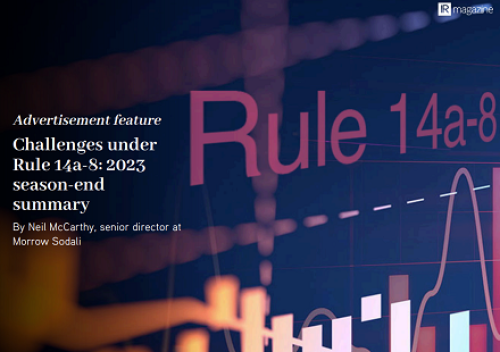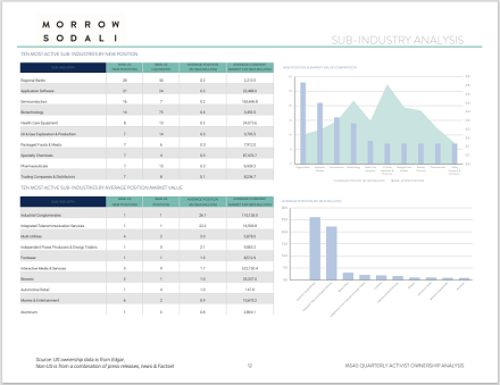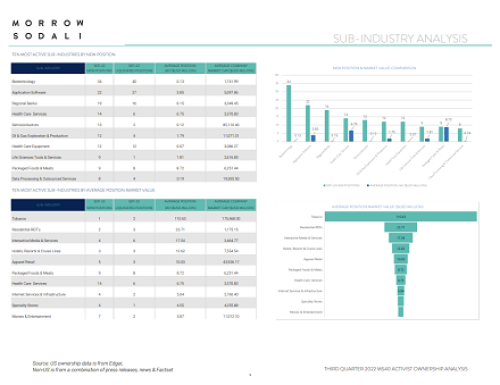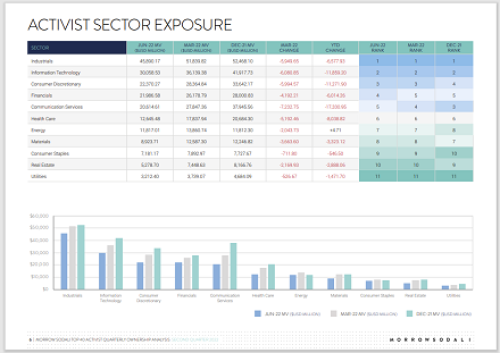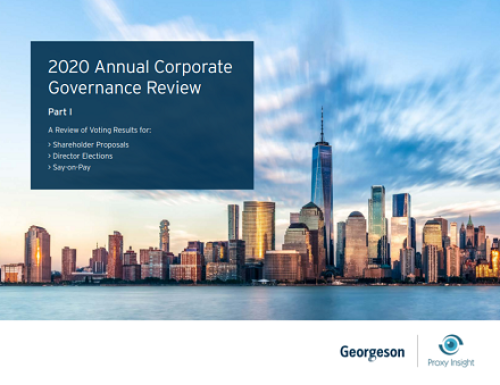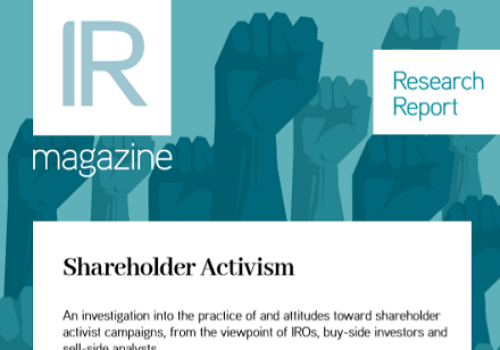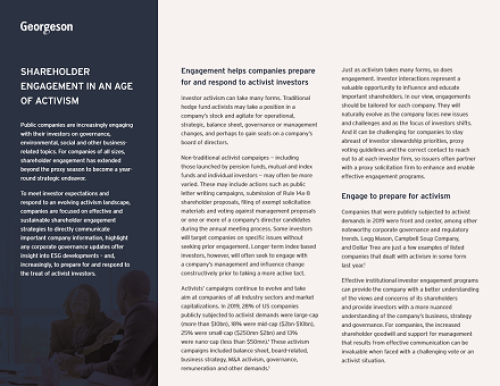On January 30, the Fed finalized a rule that relaxes requirements to allow activist investors to take larger ownership interests in banks and maintain greater board representation without triggering control under federal banking law. Control is a critical concept as investors controlling banks are subject to extensive Fed oversight and stricter regulation.
The Fed’s rule provides greater clarity to investors by outlining the types of non-controlling stakes an investor can make in a bank and more clearly delineates the contours of control under federal law. This article discusses changes to Fed regulation resulting from the rule and outlines opportunities for shareholder activists and bank investors.
Before the rule
The Fed rule focuses on one prong of federal banking law, which provides that an investor maintains control over an investee if the Fed determines that such investor directly or indirectly exercises a ‘controlling influence’ over the investee’s management or policies.
Prior to the rule, investors (and banks) relied on case-by-case determinations issued by the Fed as to what constitutes a controlling influence and would therefore cause an investor to become subject to greater regulatory restrictions. Previously the Fed has, with little consistency, issued public and private interpretations regarding what it considers to be a controlling influence.
Limitations of the Fed’s framework
Under the Fed’s prior control framework, an investor exceeding 4.99 percent ownership of voting securities could be deemed to control a bank. As a result, investors entered into passivity commitments to prove to the Fed that they do not control the banking organization.
Passivity commitments, in many circumstances, prohibited investors from soliciting proxies opposing bank management, having more than one representative on the board of directors, or undertaking other activities that could be viewed as an attempt to exert a controlling influence over the bank. As a consequence, many shareholder activists and other investors avoided investments in would-be bank targets.
Changes under the new rule
The rule makes several changes to the Fed’s control framework. These changes, among other things, enable investor-activists to take greater non-controlling ownership stakes, enhance board representation on target banks and more easily divest ownership or control in financial institutions.
Ownership
Under the rule, bank investors can accumulate larger ownership interests subject to a revised presumption of non-control (now set at 10 percent instead of 5 percent of voting securities). As a result, investors, provided that no other presumptions of control are triggered, can increase their ownership stake in a bank and exert greater influence over an institution’s affairs while avoiding the Fed’s control restrictions.
Director representation
Where investors previously were limited to nominating one director on a target’s board to avoid triggering a presumption of control, investors can now nominate just under one quarter of the board if an investor maintains between 5 percent and 24.99 percent of voting securities. Similarly, investors with a voting stake of less than 5 percent can nominate nearly half of the board while avoiding control presumptions. Consequently, investors now have greater flexibility to make changes to directors and senior management without triggering control.
Divestiture
The rule permits an investor to convert its controlling stake in a target to a non-controlling interest if the investor divests below 15 percent of voting securities, or divests between 15 percent and 25 percent and waits for two years to pass. This change is significant for investors with large voting stakes that might seek to dispose of sizable positions in an attempt to influence a target’s management or policies.
Opportunities for activist investors
The Fed rule provides greater clarity to inform activists’ investment strategies in maximizing influence over their targets while avoiding regulatory restrictions.
Activist investors are afforded greater latitude to exercise shareholder rights and engage with a target bank on a variety of issues. For example, an investor can engage in a proxy solicitation to elect directors without creating a presumption of control, provided that the number of director nominees is not greater than the permitted number of directors an investor can have under the rule.
Shareholder activists can also now avoid entering into restrictive passivity commitments with the Fed where they were previously required to do so (after acquiring more than 5 percent voting interest) and more freely engage in value-enhancing activities and transactions.
While it may remain true that some investors are less inclined to target banks due to broader regulatory considerations, ambitious investors can now undertake more aggressive campaigns to advocate for changes that will deliver market value for shareholders without attendant burdens of Fed oversight and approval.
The rule becomes effective on April 1 and does not include any transition period or grandfathering protections.
John Popeo is a principal at The Gallatin Group

